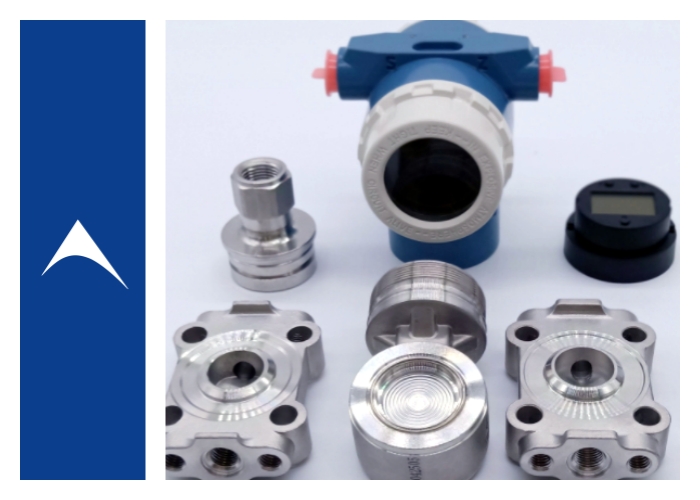
Why does pressure always have zero point drift while temperature rarely has zero point drift when both are transmitters?
2025-08-12 11:09
Pressure transmitters are prone to zero shift, while temperature transmitters rarely experience it. This is primarily due to their different requirements and primary component structures. Here are several key reasons:
1. Different requirements:
In industrial applications, pressure and differential pressure transmitters often require adjustment of their measuring ranges to accommodate different installation locations and measurement conditions. For example, when measuring the liquid level in a closed container, if the gas phase is prone to condensation, condensate will enter the transmitter's pressure piping and negative pressure chamber, causing measurement error. To address this issue, negative shift is used to adjust the transmitter's zero point to a negative differential pressure to meet the required measurement requirements. Temperature transmitters generally do not require such adjustment because temperature measurement does not typically involve similar physical changes.
2. Structural differences:
Pressure transmitters are typically installed below the pressure tapping point. The pressure piping may fill with condensate. Due to the influence of the static pressure of the water column, the transmitter's output current includes this static pressure, which can lead to measurement error. Therefore, zero shift is necessary to correct for this error. The structure and mounting method of temperature transmitters generally do not result in similar errors.
3. Measurement Principle:
The measurement principle of a pressure transmitter involves the physical transmission of pressure, which can be affected by various factors such as installation location and media properties. Therefore, zero shift calibration is required. Temperature transmitters, on the other hand, typically operate based on the thermoelectric effect, and their measured values are directly related to ambient temperature, requiring no similar zero shift correction.
4. Technical Limitations:
Some specialized pressure transmitters, such as differential pressure transmitters with a square root function, are difficult to implement zero shift due to the limitations of their measurement principles. Temperature transmitters, on the other hand, generally do not require this complex calibration due to their simpler measurement principles.
Pressure transmitters are more susceptible to zero shift issues due to the specificity of their operating environments and measurement principles. However, temperature transmitters rarely experience zero shift due to their different measurement principles and application scenarios.
